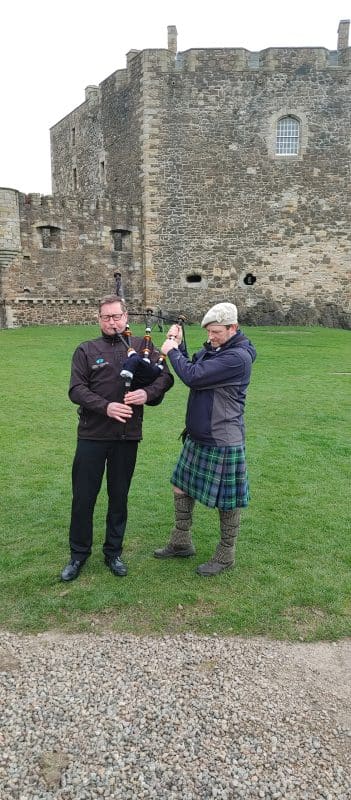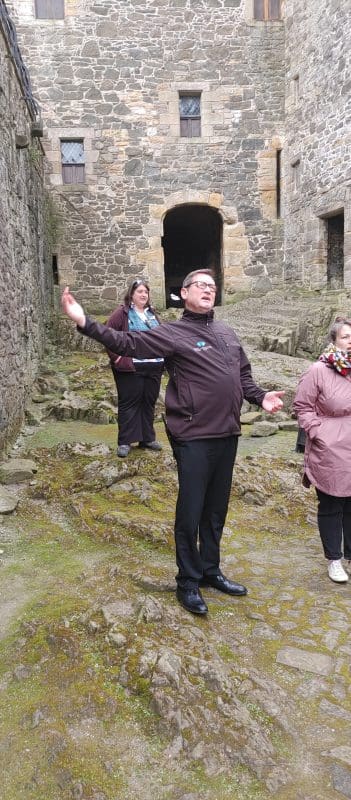Outlander boosts the popularity of Blackness Castle
IAN STALKER
It isn’t outlandish to state that Outlander has served Scotland’s Blackness Castle well.
The popular TV series used the saltwater-fronting castle as a setting, which translated into soaring interest in the 15th-century structure.
Graeme Sinclair of Historic Environment of Scotland, which promotes historic sites and oversees the imposing, stone castle, reports that it saw some 16,000 visitors in 2013 — the year before the first Outlander episode was shown — but now welcomes around 75,000 annual visitors.
“It’s been a real rocket to the moon,” Sinclair says of interest generated by historical drama Outlander, which has served as a showcase for different Scottish locales. It’s a huge fanbase.”
Much of the castle will be easily recognizable to those who’ve watched the show.

Blackness Castle — which has high walls surrounding its keep, and which some suggest resembles a ship — is called Fort William in the show. The actual castle has served as a royal residence, fortress and prison over the years.
The castle — found near the village of Blackness, which in turn is near Edinburgh — is open year-round, inviting visitors to walk along its passages and view the bordering Firth of Forth while doing so.
Outlander’s popularity has prompted many Scottish tour companies to include the castle on itineraries.
Blackness Castle as appeared in movies and other TV shows as well, with Sinclair labelling it a “go-to place now for filming.”

Among those who have toured Blackness Castle is Nicola Smith of England’s The Carter Company, which offers walking and cycling tours of Britain.
She praises Outlander as a “wonderful show that brings Scottish history to life,” adding it was “great” to actually recognize Outlander scenes while walking around the castle.
The genial Sinclair is happy to speak to castle visitors and if time permits is agreeable to using bagpipes to play the Outlander theme for appreciative tourists.
Meanwhile, Outlander aficionados who make it to Blackness Castle aren’t indifferent to their surroundings, Sinclair says.
“They’re astonished at times to find themselves here,” he reports.

















